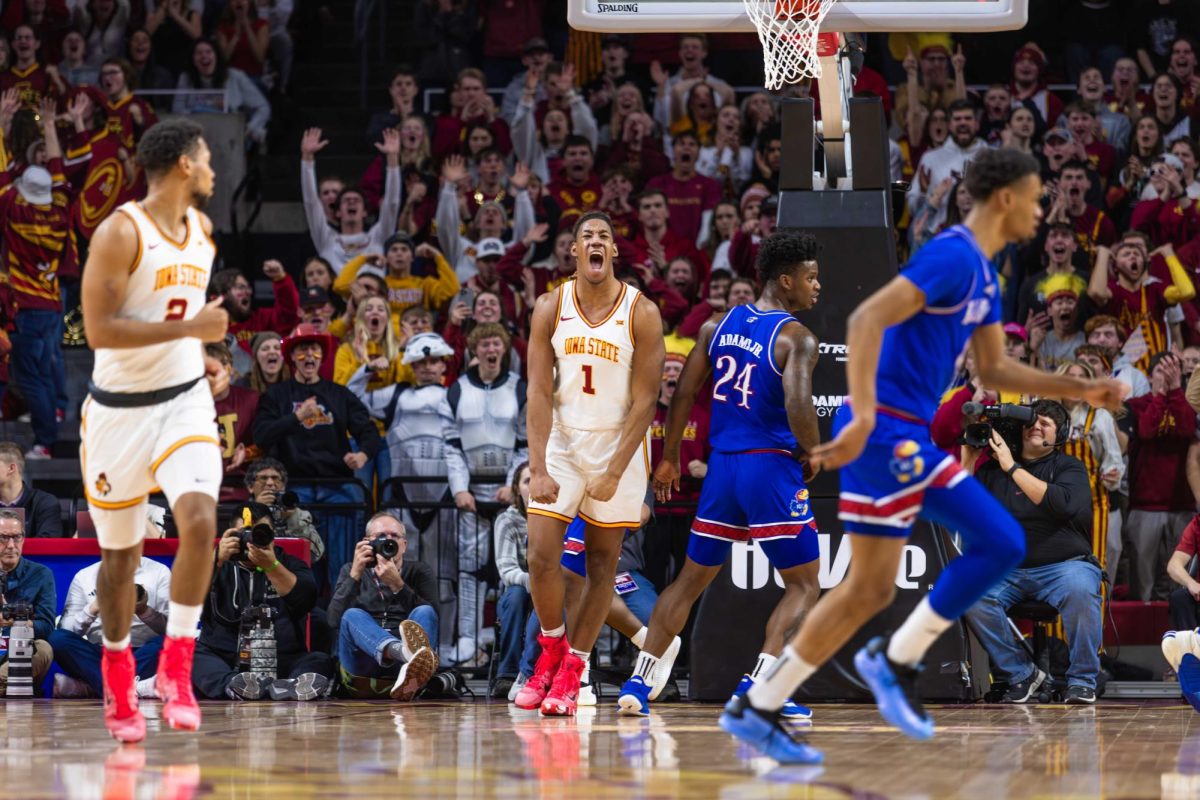REVIEW: ‘United 93’
April 25, 2006
The sense of dread creeps in long before the plane leaves the ground.
It begins before you see the empty cabin for the first time, see the interior lights being switched on and hear the pilots and flight attendants chatting away as they prepare for yet another seemingly routine day in the sky.
The dread truly begins before you leave the house to see “United 93,” if you do indeed choose to see the film – and you should, even though you know it’ll be nothing short of agonizing.
“United 93”
Director: Paul Greengrass
Length: 106 minutes
MPAA Rating: R for language, some intense sequences of terror and violence.
REVIEW: 3.5 / 5
By now, you’re entirely too aware of what’s going to happen: that hijackers will take over a United Airlines flight from Newark to San Francisco as part of the Sept. 11 terrorist attacks, and that the passengers will rush the cockpit and struggle to conquer them right up until the moment the Boeing 757 nose-dives into a Pennsylvania field.
Still, it’s impossible not to feel engrossed with every fiber in your being. “United 93” provokes a rare physical reaction: It makes your muscles tense up, makes you sit straight-backed in your seat, digging your nails into the armrests.
Many films purport themselves, in blurb-friendly verbiage, to be edge-of-your-seat thrillers. This one really is, even though you know from the start exactly how it’s going to end.
What’s remarkable is that writer-director Paul Greengrass achieves this effect by telling the story – a story that gets lost in the all-consuming rage and sorrow sparked by the simultaneous attacks on the World Trade Center and the Pentagon – in unadorned fashion.
You’ll find no melodrama here, no swelling of intrusive, inspirational music as David Alan Basche, the actor playing Todd Beamer, utters the now-famous battle cry, “Let’s roll.” Just raw, pure, documentary-style filmmaking, with hand-held camera and natural light.
Similar to his 2002 film “Bloody Sunday,” Greengrass captures the chaos of that horrific day with simplicity and dignity, and the fact that he’s chosen unknown actors heightens the already visceral sense of realism.
Many of the people you see on screen are actual flight personnel or air traffic controllers, including Ben Sliney – the Federal Aviation Administration operations manager who ordered that all 4,000-plus planes in the air be grounded after the attacks on Sept. 11, 2001, his first day on the job – as himself.
And he’s great: forceful, confident, a natural leader during one of the worst days in American history.
Greengrass and his team obviously have gone to great lengths in recreating the details of that doomed morning, having spoken with family and friends of the 40 passengers and crew on board and culled through transcripts in an effort to ensure accuracy.
Much of that information comes out not in the air – where no one has a clue what’s going on for the longest time – but on the ground, as air-traffic controllers and military personnel watch with confusion and terror as they lose contact with one plane after another, as green blips representing flights disappear from their monitors, and finally as they witness the second plane hitting the second World Trade tower on live television.






